2025-12-29T12:00:00-06:00
...WINTER STORM BRINGS HAZARDOUS TRAVEL SUNDAY, SUNDAY NIGHT... .A potent winter storm will bring several inches of snow to the region along with northwest winds gusting as high as 45 mph. Blowing and drifting is expected with near blizzard conditions possible over the open and unsheltered locations of southeast Minnesota and northeast Iowa. Drizzle moves in intially but transitions to a wintry mix and then snow from the west to east Sunday morning into the afternoon. Snow will fall across all areas by the evening. Temperatures fall off rapidly during the day Sunday in the wake of a passing cold front, freezing standing water and untreated wet surfaces. Winds will also be on the increase by Sunday afternoon, staying strong and gusty into Monday morning. Travel will be slippery to treacherous for many locations, dangerous in others where blowing and drifting is widespread. Be prepared to alter or cancel travel plans. Check on road conditions before venturing out. * WHAT...Snow with accumulations between 3 and 5 inches. Winds gusting as high as 45 mph. * WHERE...In Iowa, Allamakee and Winneshiek Counties. In Wisconsin, Crawford, Richland, and Vernon Counties. * WHEN...From 3 PM Sunday to noon CST Monday. * IMPACTS...Plan on slippery road conditions. The hazardous conditions could impact the Monday morning commute. Gusty winds could bring down tree branches.
The Big Green River To The River's Mouth At The Mississippi River Paddle Report
Last Updated: 2025-12-25
The Big Green River is a popular whitewater river run that spans across several states, from its headwaters in the Appalachian Mountains of North Carolina to its mouth at the Mississippi River in Louisiana.
°F
°F
mph
Wind
%
Humidity
Summary
The ideal streamflow range for this river run is between 800 and 5,000 cubic feet per second (cfs), which provides the perfect balance of excitement and safety for intermediate to advanced rafters.
The class rating for this river ranges from Class III to IV, depending on the segment. The total distance of the river run is approximately 359 miles, with various segments offering unique challenges and obstacles. For instance, the segment between Saluda and Lake Greenwood is known for its technical rapids and narrow channels, while the segment between Lake Greenwood and Lake Thurmond features longer, more continuous rapids.
Some of the most notable rapids on the Big Green River include the Narrows, the Tumblebug, and the Shoals. These rapids feature steep drops, challenging waves, and tight turns, making them a thrilling experience for seasoned rafters.
As for regulations, the Big Green River is subject to state and local laws regarding watercraft and safety. For instance, all rafters must wear personal flotation devices (PFDs) at all times, and alcohol consumption is prohibited while on the river. Additionally, certain segments of the river may be closed during times of high water or other hazardous conditions.
Overall, the Big Green River is a challenging and exciting whitewater river run that offers something for everyone, from beginners to experienced rafters. However, it is important to follow all regulations and safety guidelines to ensure a safe and enjoyable experience.
River Run Details
| Last Updated | 2025-12-25 |
| River Levels | 793 cfs (11.17 ft) |
| Percent of Normal | 33% |
| Status | |
| Class Level | iii |
| Elevation | ft |
| Run Length | 19.0 Mi |
| Streamflow Discharge | cfs |
| Gauge Height | ft |
| Reporting Streamgage | USGS 07378500 |
Weather Forecast
Nearby Streamflow Levels
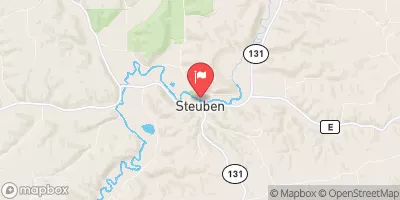 Kickapoo River At Steuben
Kickapoo River At Steuben
|
437cfs |
 Mississippi River At Mcgregor
Mississippi River At Mcgregor
|
21700cfs |
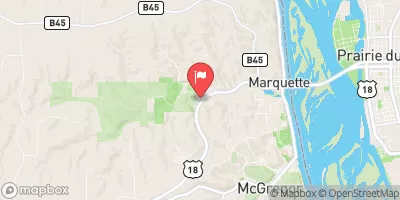 Bloody Run Creek Near Marquette
Bloody Run Creek Near Marquette
|
16cfs |
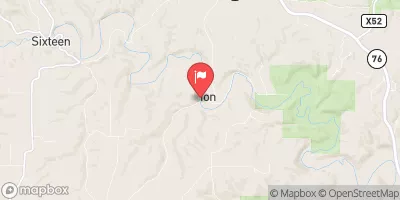 Yellow River At Ion
Yellow River At Ion
|
56cfs |
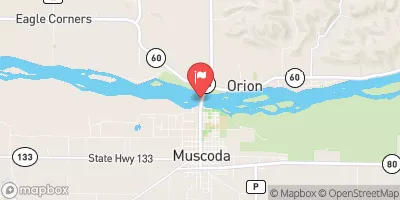 Wisconsin River At Muscoda
Wisconsin River At Muscoda
|
8780cfs |
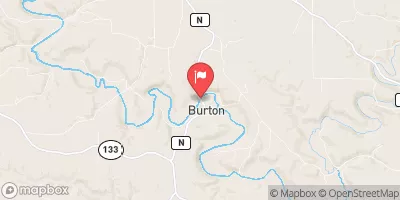 Grant River At Burton
Grant River At Burton
|
345cfs |


 Wisconsin River -- Big Green River Access
Wisconsin River -- Big Green River Access
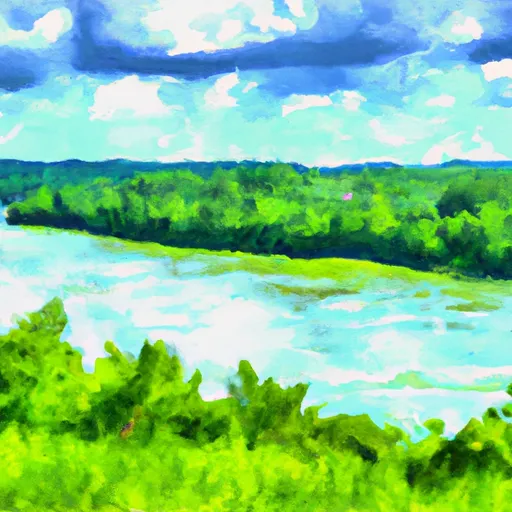 The Big Green River
To The River'S Mouth At The Mississippi River
The Big Green River
To The River'S Mouth At The Mississippi River